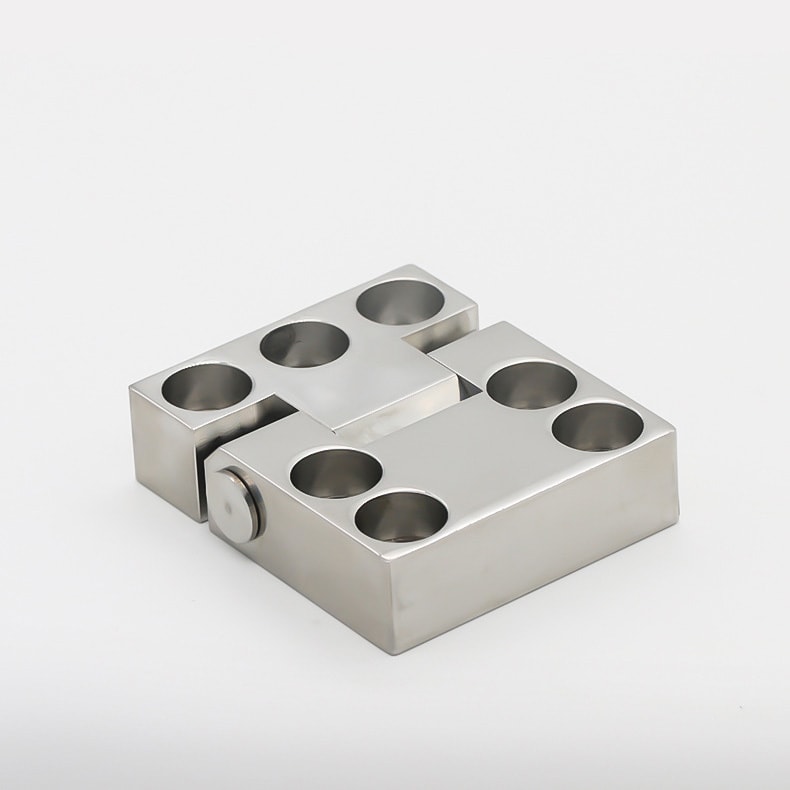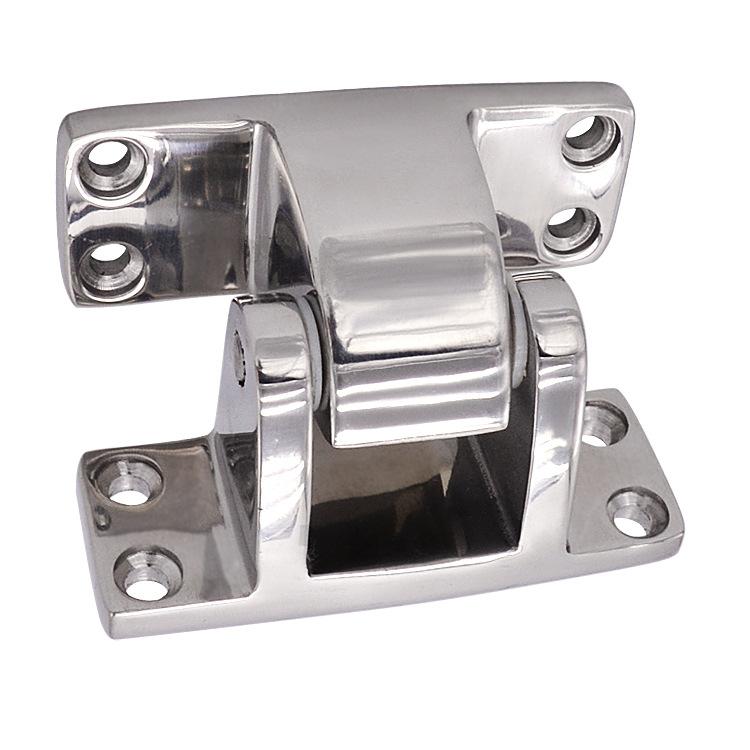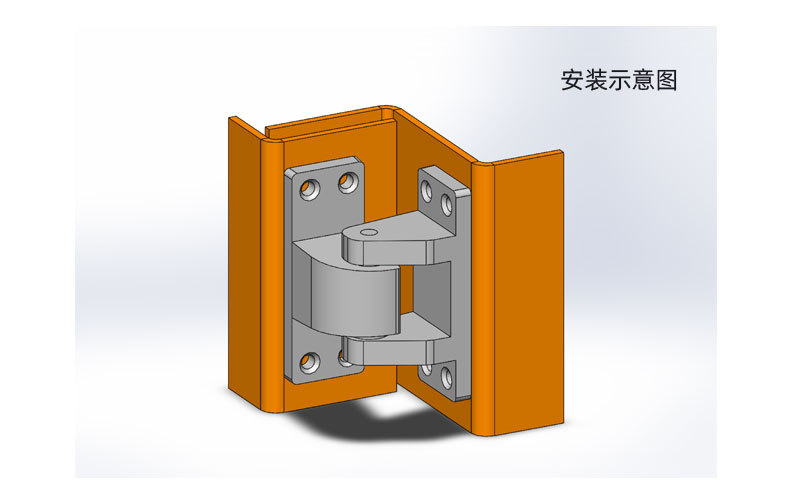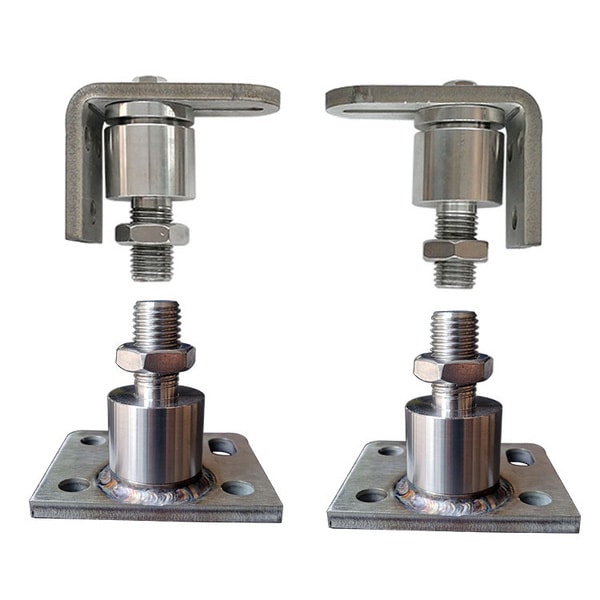In the industrial manufacturing sector, fire safety is paramount. Among the many safety components, fire door hinges play an overlooked yet critical role in ensuring the safety of establishments and personnel.
Fire door hinges, designed to withstand extreme temperatures, ensure that fire doors remain securely closed during a fire, creating a barrier against spreading flames.
But, how much do we truly understand about these hinges, especially given their crucial role in emergency situations? Let’s dive in.

Do fire doors need special hinges?
For industrial manufacturing setups, safety regulations are stringent. Fire doors can’t be treated like regular doors due to the unique purpose they serve.
Yes, fire doors require special hinges that can withstand the intense heat of a fire without warping or failing, ensuring the door remains in place.
What hinges to use for fire doors?
The selection of the right hinge is vital. A wrong choice can jeopardize an entire safety setup in an industrial environment.
Stainless steel ball-bearing hinges are commonly recommended for fire doors because of their high durability, heat resistance, and ability to distribute weight evenly.

Do fire doors have 2 or 3 hinges?
The number of hinges on a fire door can be a question of design, weight, and size.
Typically, fire doors in industrial setups have at least three hinges. This ensures better weight distribution and enhanced security in the event of a fire.
How does these hinges work?
Understanding the function of these hinges can help industries ensure that they’re maintaining them properly.
These hinges work by allowing the fire door to swing shut immediately after being opened, ensuring no delay in the door closing during emergencies. They are built to resist the heat, maintaining the door’s position and seal.

What is the British standard for these hinges?
Standards provide a benchmark for quality and safety. The British standard offers clarity on the requirements for fire door hinges.
BS EN 1935 is the specific British standard that classifies door hinges for use on fire doors. Following this standard ensures the hinges meet the necessary safety and performance criteria.
Do fire doors need self-closing hinges?
Considering the need for rapid response during fire emergencies in industrial areas, the mechanism of fire doors becomes critical.
Yes, fire doors in industrial manufacturing environments are generally equipped with self-closing hinges. This ensures that the door automatically closes after being opened, maintaining the safety barrier against fire.

What are the hinges made of?
The material composition of fire door hinges is pivotal, as it determines their strength and resistance. (80 words)
Most the hinges in the industrial sector are made of stainless steel, known for its strength, corrosion resistance, and ability to withstand high temperatures. This material choice ensures longevity and reliable performance.
Conclusion
Fire door hinges, especially in the industrial manufacturing sector, are crucial components in ensuring safety against fires. They are more than just connectors; they’re a line of defense. By understanding their significance, features, and standards, industries can ensure a safer environment for all.
You might also bi interested:




